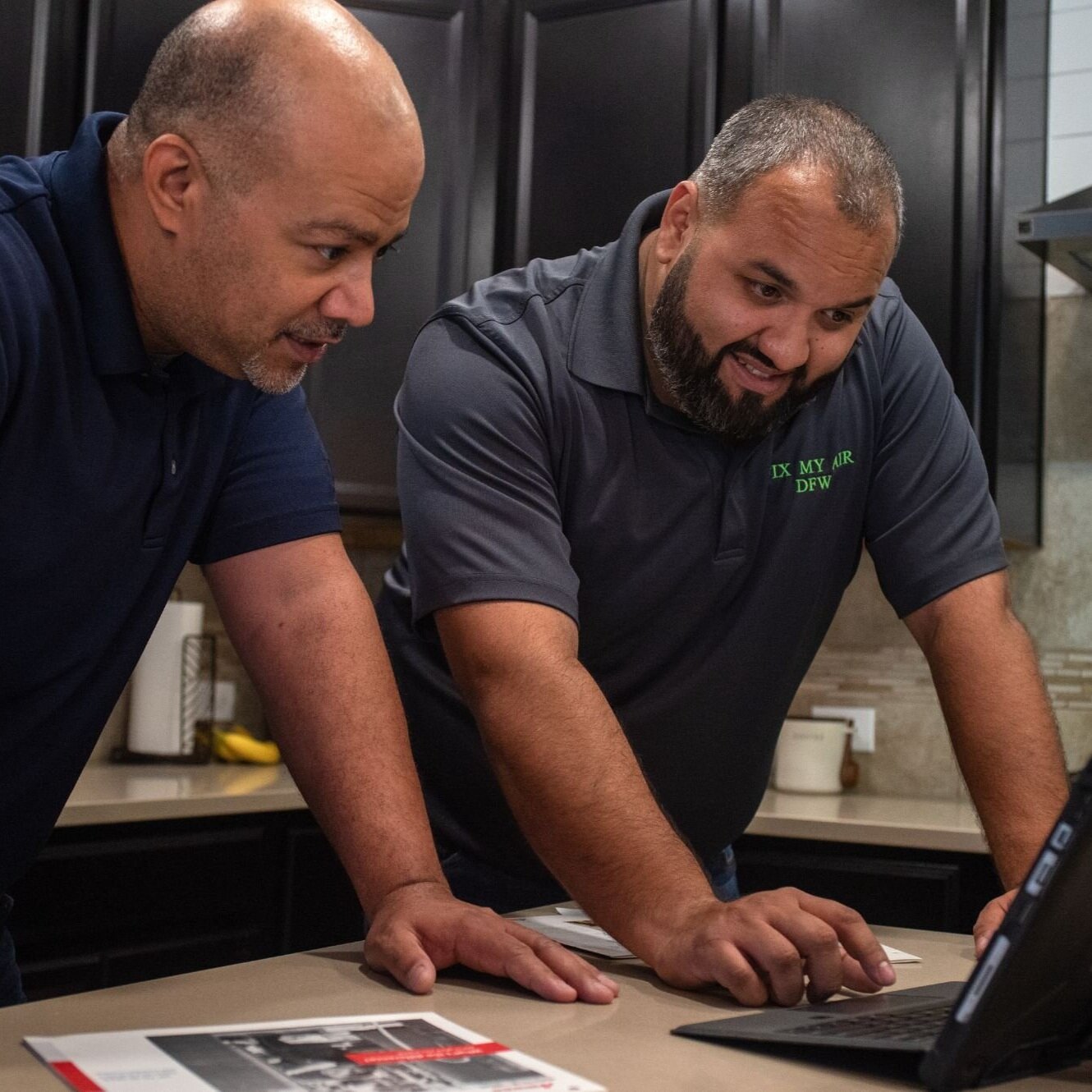Understanding the Difference Between a Single-Stage and a Two-Stage AC
If you have an old air conditioning system that can’t keep up with cooling demands, it might be time to replace it with a modern model. While shopping around, homeowners might hear various phrases to describe AC types, but the most common are “single-stage” and “two-stage.” When customers ask which one to buy, we recommend using a two-stage AC over the single-stage. But what are the differences, and is there a better option? Read on to find out.
What is single-stage?
A single-stage air conditioning system has an air compressor that runs at full power or is off. The compressor is an essential part of the AC system that circulates the refrigerant liquid or gas to cool the air inside the AC unit. Once a single-stage AC is turned on, the compressor powers up to cool the home to the desired temperature. Then, it turns off until the thermostat measures the temperature at a reading higher than the setting.
Single-stage ACs have a few disadvantages, namely lower efficiency and less effective control. Since the unit can only run at 100% capacity, it turns off quite soon once the required temperature is reached. However, it needs to turn on again relatively quickly, which consumes more power than idling at a lower power level.
These ACs also can’t run for as long, which means that the air isn’t fully dehumidified. They also wear down more frequently since the constant power output puts significant stress on the internal parts.
What is two-stage?
A two-stage AC has two compressor running modes. The “HIGH” mode runs at 100% like in a single-stage AC, and the “LOW” mode runs the compressor at 60-70% capacity. Two-stage AC systems can achieve better temperature control and humidity levels and even save money in the long run.
The low-speed option is perfect when the temperature differential is lower or when the AC needs to keep the cooling constant. They are much better options during springtime or milder summers when the temperatures aren’t as extreme. The unit won’t need to power down as often, which puts less strain on the appliance and uses less overall power.
Two-stage units cost about $500-$1,000 more than single-stage ACs, but the price difference doesn’t tell the entire story. Due to lower energy bills and better energy efficiency, homeowners can recoup the price difference in a relatively short time.
A better solution
The third type of air conditioning system utilizes a variable-speed compressor. Variable-speed ACs can use whatever power capacity works best for the occasion, running as low as 10-15% or up to 150% when needed. On milder days, these ACs quietly work in the background, siphoning minimal power for maximum comfort.
Since variable compressors are the most complex, they also come at a premium, costing about $500-$1,000 more than two-stage ACs. However, they boast the best energy efficiency levels, lower wear and tear, and top-of-the-line features, which can more than make up for the cost.
Contact your local HVAC contractor to see which air conditioning system will best suit your needs in the home or office.
Get on-time and reliable AC installation, AC fan motor, AC repair and maintenance, AC refrigerator leak repair, AC circuit control board, and AC condenser repair or replacement with Fix My Air DFW.

